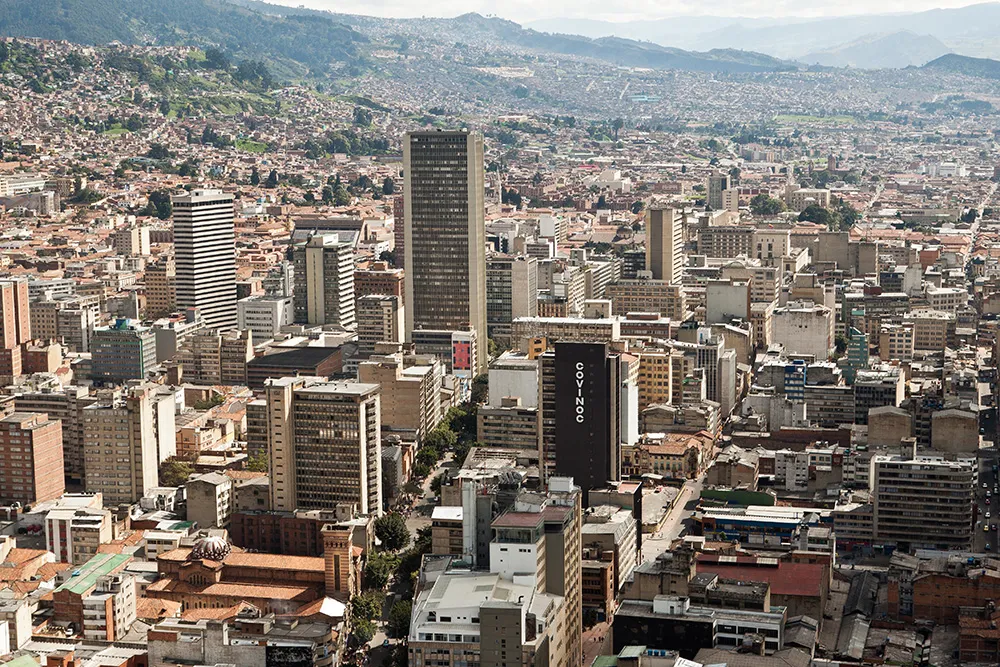Investment from the EBRD and help from Austria and the EU is helping Skopje, the capital city of FYR Macedonia, to upgrade one of its major streets, install a modern traffic management system and improve road safety.
Although 45 million journeys are made on the city’s public transport each year, the growing number of vehicles on the streets has made improving congestion a priority for the municipal authorities. In addition, inadequate safety measures and the high volume of pedestrians mean that road safe
September 29, 2014
Read time: 2 mins
Investment from the EBRD and help from Austria and the EU is helping Skopje, the capital city of FYR Macedonia, to upgrade one of its major streets, install a modern traffic management system and improve road safety.
Although 45 million journeys are made on the city’s public transport each year, the growing number of vehicles on the streets has made improving congestion a priority for the municipal authorities. In addition, inadequate safety measures and the high volume of pedestrians mean that road safety is a serious problem in the city.
To tackle these issues, the EBRD has agreed to finance the introduction of an automated traffic management (ATM) system, as well as rebuilding one of the city’s main arterial routes, Prvomajska Street.
In 2010, an EU-sponsored technical assistance programme called Renaissance produced detailed diagnostic studies and planning for the introduction of a modern traffic management system and a loan of US$7.1 million was agreed with the EBRD to finance the new ATM solution and the rebuilding of Prvomajska Street. The EBRD loan was complemented by grant funding from Austria to assist with procurement and implementation as well as to support the capacity-building component of the programme.
The project enabled a significant transfer of know-how to the municipality’s dedicated transport unit. In addition, Skopje was the first city in the Macedonian municipal sector to secure funding on a non-sovereign basis.
The combination of technologically driven traffic management solutions and the physical rebuilding of one of the city’s main thoroughfares will help to make Skopje’s roads modern, safer and less congested.
“The new ATM system, which is now fully functional, is the first example of an IT-based advanced traffic management system in Macedonia. The preparation and implementation of this complex ATM solution were greatly facilitated by the technical assistance grant provided by Austria,” said Biljana Milosheska, senior banker at the EBRD.
Although 45 million journeys are made on the city’s public transport each year, the growing number of vehicles on the streets has made improving congestion a priority for the municipal authorities. In addition, inadequate safety measures and the high volume of pedestrians mean that road safety is a serious problem in the city.
To tackle these issues, the EBRD has agreed to finance the introduction of an automated traffic management (ATM) system, as well as rebuilding one of the city’s main arterial routes, Prvomajska Street.
In 2010, an EU-sponsored technical assistance programme called Renaissance produced detailed diagnostic studies and planning for the introduction of a modern traffic management system and a loan of US$7.1 million was agreed with the EBRD to finance the new ATM solution and the rebuilding of Prvomajska Street. The EBRD loan was complemented by grant funding from Austria to assist with procurement and implementation as well as to support the capacity-building component of the programme.
The project enabled a significant transfer of know-how to the municipality’s dedicated transport unit. In addition, Skopje was the first city in the Macedonian municipal sector to secure funding on a non-sovereign basis.
The combination of technologically driven traffic management solutions and the physical rebuilding of one of the city’s main thoroughfares will help to make Skopje’s roads modern, safer and less congested.
“The new ATM system, which is now fully functional, is the first example of an IT-based advanced traffic management system in Macedonia. The preparation and implementation of this complex ATM solution were greatly facilitated by the technical assistance grant provided by Austria,” said Biljana Milosheska, senior banker at the EBRD.










